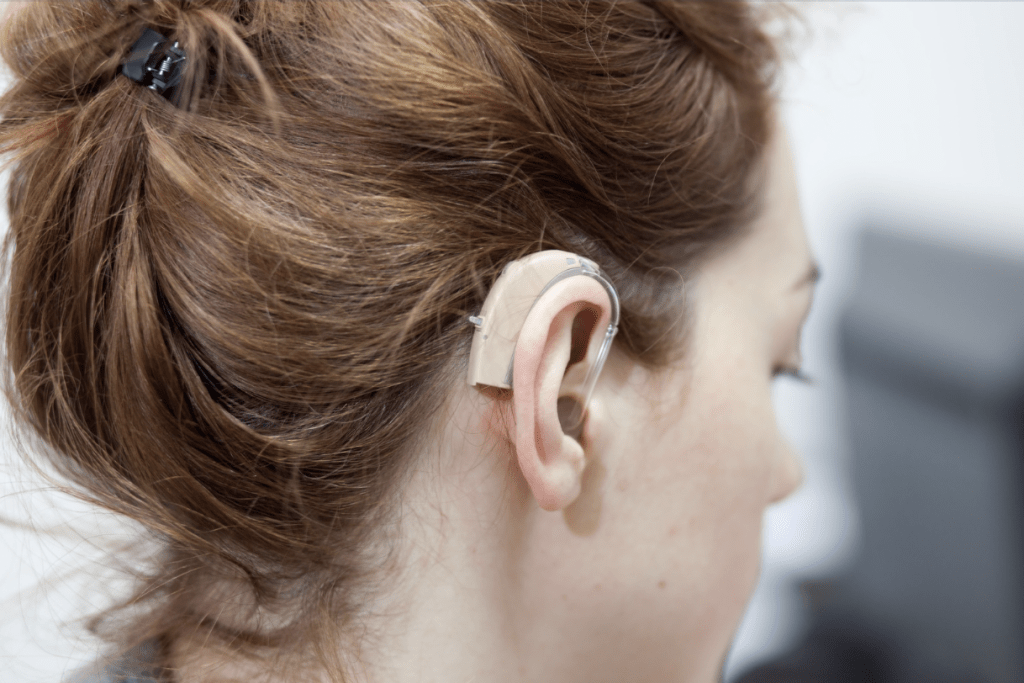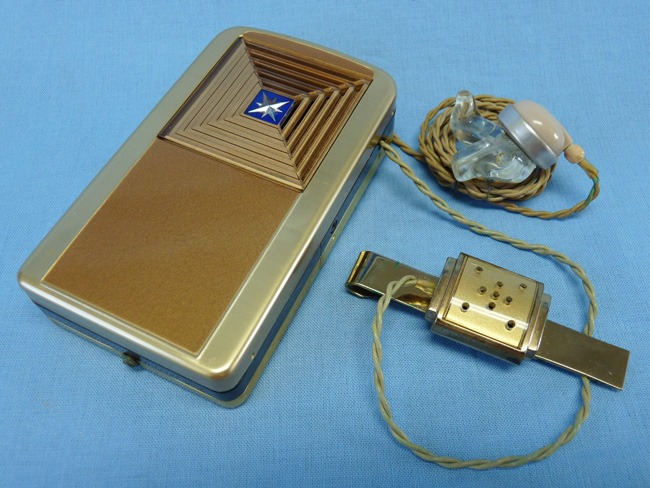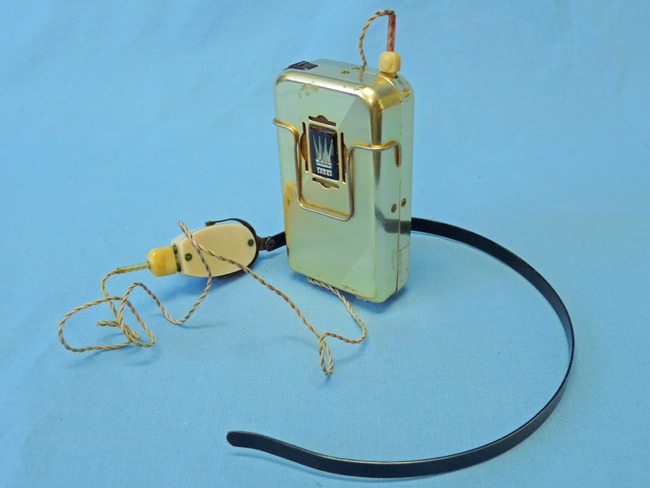Hearing aids these days can connect to your TV, be controlled by an app on your phone, and amplify sound all while being so discreet nobody would ever guess you were wearing one unless they looked closely. But they haven’t always been like that. Let’s take a walk down memory lane and explore the fascinating history of these important, innovative devices. From their humble beginnings to the cutting-edge technology that’s available today, we’ll look at just how far hearing aids have come, and touch on some of the incredible advancements that have made them a game-changer for those with hearing loss.
Very Early Hearing Aids
The first hearing aids can be traced all the way back to the 17th century. Back then, they were simple, modest devices made from metal, wood, or horn. They were often shaped like a cone or trumpet. However, they didn’t amplify hearing quite well and had poor sound quality. As you can imagine, they were very bulky.
These hearing aids worked by funneling sound through a tube and into the ear. But they had more limitations than they had benefits, including that they were only able to amplify certain frequencies. As a result, users still had frequent trouble with hearing and understanding speech.
Plus, since they were quite big and worn externally, they were very visible, which some users found embarrassing.
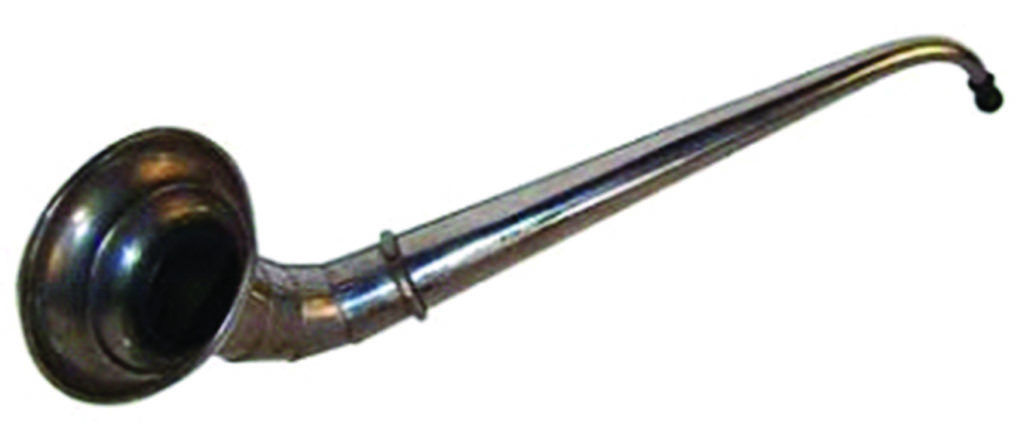
Early 20th Century Hearing Aids
The first electronic hearing aids, known as the Vacuum Tube hearing aids, were the next step in advancement. They were big, clunky, and not very portable when they first became available in 1913. However, they were much better at amplifying sound compared to the ear trumpets of the past. By 1938, a wearable hearing aid was available. You’d get an earpiece, a microphone to clip to your clothing, and a battery pack, which was worn around your leg.
Mid-20th Century Hearing Aids
By the middle of the 20th century, after World War II, there had been several significant advancements in technology. This led to the development of transistor hearing aids. Offering more power than their predecessors, these hearing aids were much more convenient to wear and use.
The main component of these hearing aids, as the name suggests, was a transistor. This is a type of semiconductor that amplifies electrical signals. As a result, the devices could be made smaller compared to the vacuum-tube designs of the past.
While they were still worn externally and very visible, they were much more discreet compared to olden-day hearing aids made from horn and metal.
That being said, while there were plenty of improvements on the older model, these hearing aids did not come without their limitations. They were still not very good at amplifying high-pitched sounds, so wearing one didn’t guarantee you’d be able to hear or make out speech very well.
But transistor hearing aids were a turning point for the technology. They marked a huge step forward in the development of hearing aids and were able to improve the quality of life for many people with hearing loss at the time. By the 1960s, they were smaller, made of silicon, and fit comfortably in the ear.
Modern-Day Hearing Aids
Hearing aids have become even more advanced and effective thanks to the advent of digital technology. These days, hearing aids use computer chips to process sound, which allows them to provide more personalization and a more precise, clearer sound.
Plus, they are no longer as visible or as bulky as they used to be. Hearing aid users today can pick from a range of styles and fits to find one that suits them best, including behind-the-ear, in-the-ear, and completely-in-canal models. As a result, hearing aids users have access to a far greater level of comfort and discretion.
What’s more, modern hearing aids do much more than simply amplify the sound. Many feature Bluetooth, Wi-Fi, or Near Field Communication (NFC) technologies, allowing users to connect them directly to other devices such as speakers, smartphones, TVs, and gaming consoles for better audio.
They also feature a range of personalization options, such as the ability to adjust volume and tone to suit the user or multiple listening programs that allow users to fine-tune their hearing aid to meet their unique preferences and needs.
Along with better hearing aid technology, the internet has made it easier for people with hearing loss to get the care that they need today. From online screenings to easier bookings, hearing care professionals and patients are better connected than ever before. Are you interested in working with people with hearing loss to help them get the right devices and support for them? There are several opportunities available for those interested in how hearing aids work. If this field is right for you, or if you are a hearing professional and want to start your own business helping people with hearing loss, you can find out more at phonak.com/en-us/professionals/become-a-partner.
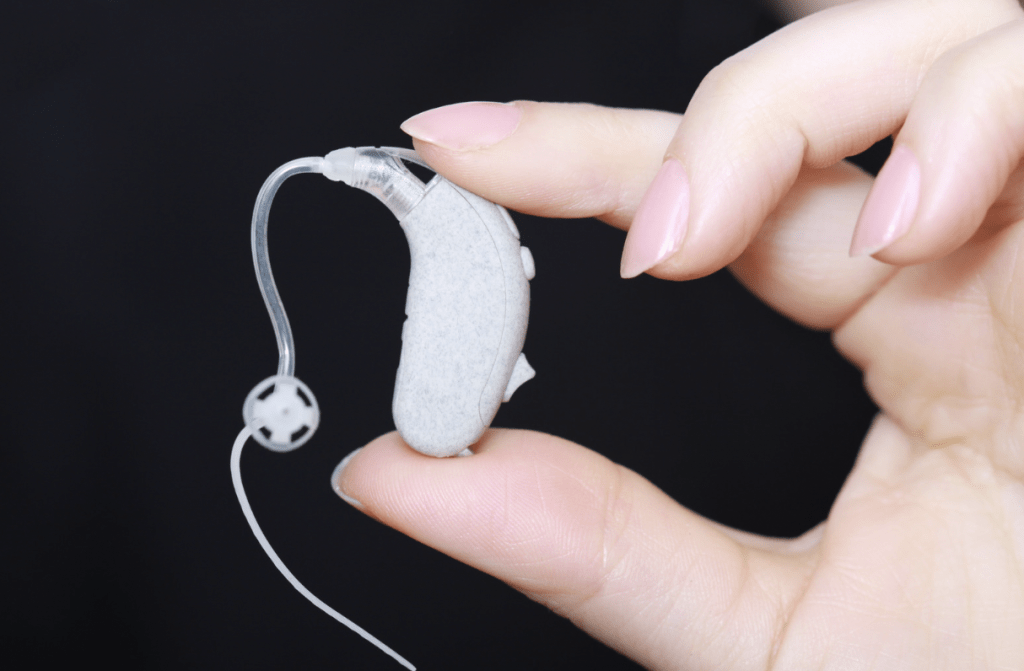
What Does the Future Hold for Hearing Aids?
With technology continuing to advance at a rapid rate, the future of hearing aids looks extremely promising. Along with all the features that are available today, we can expect to see even more new, modern features available in the future, such as speech recognition and noise reduction. These are set to significantly improve the user experience.
Along with this, hearing aids that can easily be integrated with your smartphone or other smart devices are also set to become more popular. We’re already seeing hearing aids that come with an app the user can download and use to control different settings and connect to various devices, and eventually, this is likely to become the standard.
What’s more, ongoing research on hearing aids that are powered by artificial intelligence (AI) is also making strides forward. In the future, we can expect to see hearing aids that are programmed to automatically adapt to the specific preferences and needs of the user, which will make them easier and more enjoyable to use.
Finally, hearing aids are going to be even more discreet in the future. Users can say goodbye to bulky tech that is worn outside of the ear. Soon, we’re going to see more smaller, comfortable hearing aids that are impossible to spot in a user’s ear. Already, completely-in-canal hearing aids are revolutionizing the experience, and these will only get better over time.
From wooden horn-shaped amplifiers to discreet, high-tech devices that you can connect to a device, hearing aids have come a very long way over the years.
WE SAID THIS: Don’t Miss…These Free Apps Aid The Hearing Impaired Making Their Lives Much Easier


